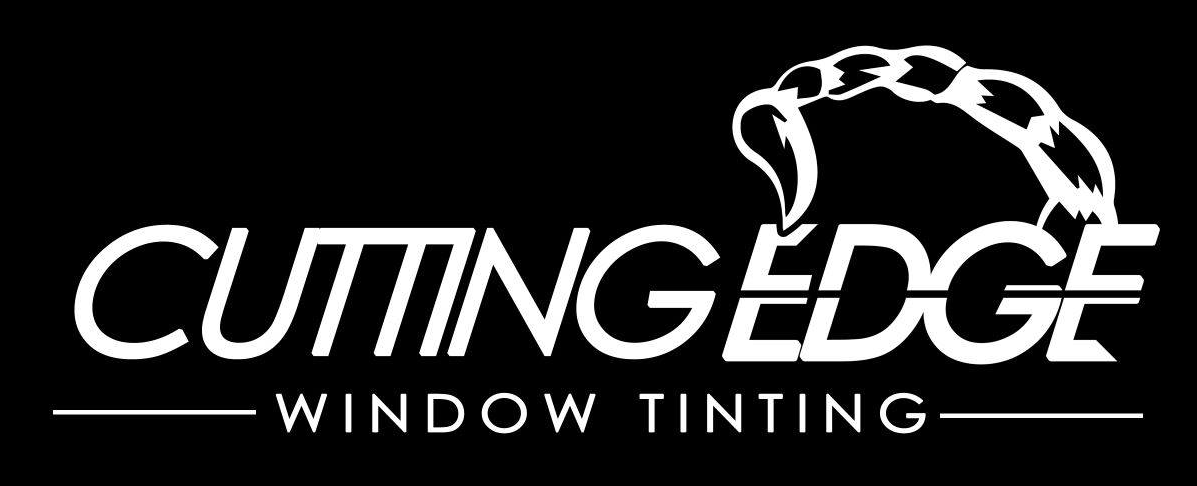When Was Window Tint Invented?
When was the date that window tint first developed. What are the benefits and drawbacks of this window tint? Read on to learn more. This article provides a brief overview of the background behind window tinting and examines the advantages and disadvantages of the metalized film. The article also discusses the cost of this particular product. Read on to find out more about the history of window tinting. Be aware of the latest most cost-effective alternatives!
Window tinting The invention of window tinting
Window tinting was developed when? In the 1940s, shortly following World War II ended, window tinting was developed. The public began to realize the way that glare and heat could be amplified through glass. Window spray also was developed in the same time. But it did leave an uneven color, which caused problems. Window film, which was an effective solution to the issue of heat rejection was created in the year 1966. The invention made windows more attractive to the eye and also cooler.
The first window films were dye-based and did not have a good heat rejection. They were dye-based, and they could absorb heat into the vehicle's interior. After a time they began to discolor and started to bubble up. The next version of window film contained metallic particles that were infused with dye, and was more effective. They could reduce the emissions of heat by as much as half the temperature of a vehicle. They were not without their drawbacks, however, they were not permanent solutions to the issue.
The first window films were a problem due to their tendency to interfere with electronic gadgets. The window films were composed of metal composites, which made it difficult to make. The company later developed a ceramic window films that was not just resistant to heat and UV radiation, but also was transparent. Window film is still well-liked despite the imperfections. While the original film wasn't as well-known than the latest version, it's extensively used in a variety of settings.
Window tinting made of metal has its drawbacks
Window film made of metal has numerous advantages. It reduces heat inside the vehicle, as well as block harmful UV radiation. They're also more durable and less likely to crack. However, they do have limitations. While the reflective properties may not be your style but they're functional and can prevent your car's heat from absorbing.
The window film that is metalized is composed of tiny metal particles that are almost indistinguishable from outside. The tiny metallic particles provide the film with strength and makes it appear shiny on the outside. Although metalized window tints are impervious to scratching, it could also block signals from cell phones and GPS. This makes it more ineffective than other kinds of window tints. Window tint made of metal is more costly than dyed, however it will last for a long time if well maintained.
Metallic window films offer lower privacy than non-metalized and colored window films. However, it's more durable and resistant to scratches than those made of metal. However, it isn't as effective as carbon or ceramic window films. It's not suitable on windows with a lot of curves. Metallic film shouldn't be used on windows that are that are already covered with metallic tints. It could ruin the look of your vehicle.
Costs of window tinting
The cost of window tinting varies according to the type of product is selected. While certain brands and tints are cheaper than others, the cost of the task may differ. Find the lowest cost on window tinting by making a plan and comparing prices. Window tinting costs are comprised of the labor and the materials. Find out more about the elements that affect the price of tinting windows.
Ceramic window film that blocks 50% of UV rays and protects the view it is the most costly. Ceramic window films cost between $5 to 10 cents per square foot. It block heat and glare from the outside. Ceramic films are typically 3 to 4 millimeters in thickness. Forcible entry films are usually 7 to 8 millimeters thick. The film is slightly larger than other films and, consequently, more expensive.
Costs for window tinting are based on the high-quality of the window film. The highest-quality window films are more costly. They block harmful UV radiation and limit the heat transfer to the car's interior. It is also possible to select various tints that blend with the existing color scheme. Window tinting for cars costs about $125 and only requires one application. It is possible that you cannot ensure the stability of the tint.
|
Phone +18474292479
|
|
| Address |
408 Brook St, Elgin, IL 60120
|

